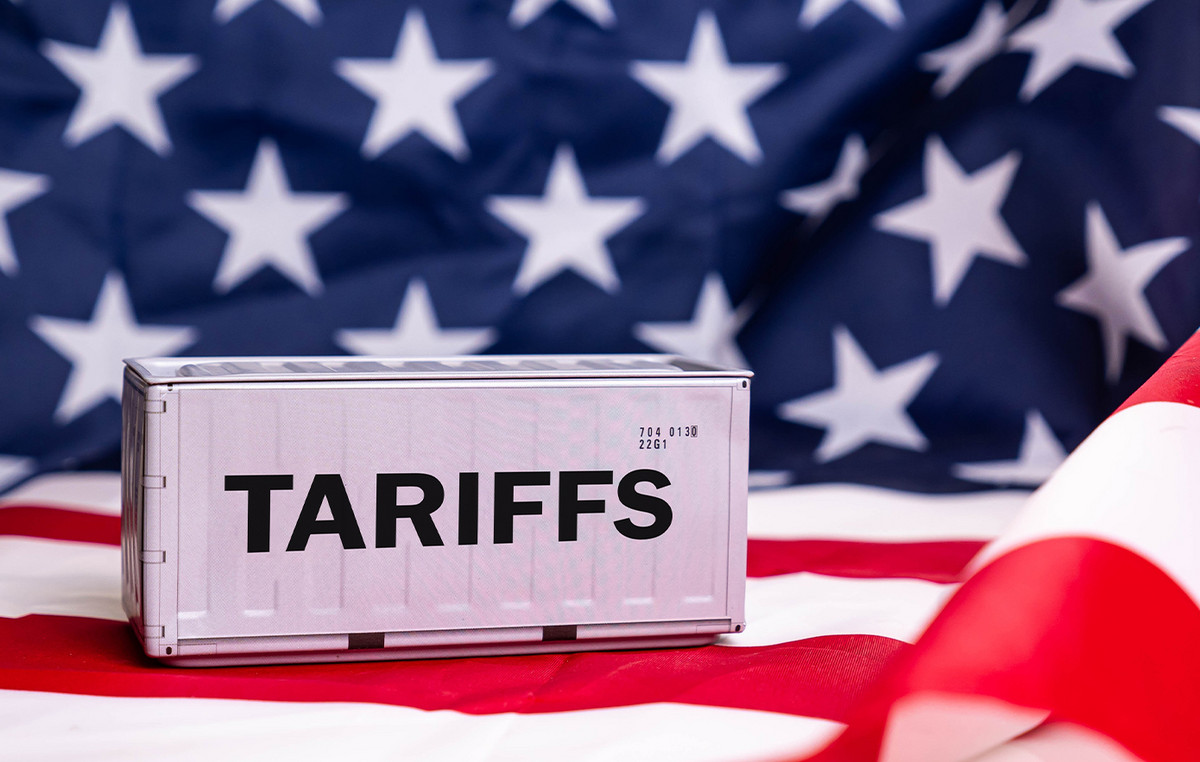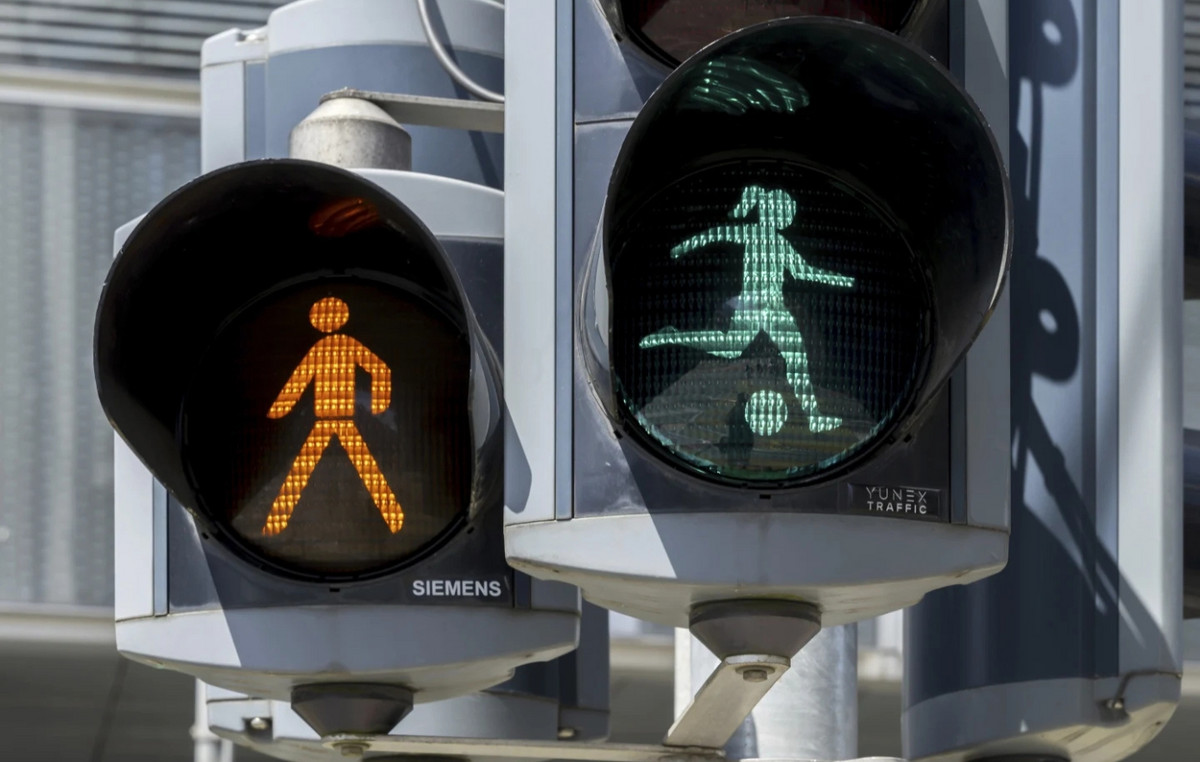LAST UPDATE: 18.30
Wall Street’s main indices are moving in the “red”, after Jerome Powell’s speech at the Jackson Hole Economic Symposium, which gave sellers a head start after an initial lull in today’s session. The chairman of the Federal Reserve reiterated his commitment to curbing inflation, warning that he expects the US central bank to continue raising interest rates in a way that will put “strain” on the country’s economy. the central bank will continue its fight against inflation “until the job is done”.
In his much-anticipated annual speech on monetary policy in Jackson Hole, Wyoming, Powell stressed that the Fed will continue the fight against inflation “until the job is done” and to that end “will aggressively use its tools” to to drop him from the highest levels of the last 40 years.
Even with a run of four consecutive rate hikes totaling 2.25 percentage points, Powell said this is “not a point to stop” even though rates are likely around an area that is considered neither supportive nor constraining to growth .
“While higher interest rates, slower growth and softer labor market conditions will reduce inflation, they will also bring pain to households and businesses,” Powell said. “That is the unfortunate cost of reducing inflation. But a failure to restore price stability would mean much greater pain,” he added.
“We are deliberately moving our policy to a level that will be restrictive enough to return inflation to 2 percent,” Powell said. Looking ahead, the Fed chief added that “restoring price stability will likely require maintaining restrictive policy for some time. The historical record strongly cautions against premature policy easing.”
The central banker’s remarks came amid signs that inflation may have peaked but shows no strong signs of abating. After all, analysts estimated that the Fed chairman would adopt an aggressive stance in his speech, confirming that the bank’s main goal is to bring inflation to the 2% target, regardless of the effects on the economy.
At the same time, investors are weighing the decline in the personal consumption expenditure index (the Fed’s preferred measure of inflation) that earlier today rekindled hopes that inflation has hit its highs and is beginning to slow, which could give the ability for the Fed to moderate its rate hikes.
Particularly, the price index for personal consumption expenditures fell 0.1% in July from the previous month, while the structural index – excluding energy and food – rose just 0.1%, according to data announced today by the US Commerce Department.
It is noted that in June from May, the index had jumped 1%, while on a structural basis it had strengthened by 0.6%. A slowdown is also recorded in the 12 months, with the annual index slowing to 6.3% in July from 6.8% the previous month and the structural index to 4.6% from 4.8%.
Indeed, shortly after the PCE data, position in favor of a milder increase in Fed interest rates took the member of the D.D. of and head of the Atlanta branch, Rafael Bostic. “I’m leaning more toward 50 basis points for September,” he said, noting, however, that “there’s still data we expect to see before the September meeting.”
As noted by R. Bostic, the structural index of personal spending (which increased by just 0.1% in August moving to 4.6% year-on-year) shows that the economy appears to be responding to the Fed’s interest rate hike, with the same adding that “we have to be careful not to overreact.”
At other times of the day, the initial data announced in the US for the country’s commercial transactions showed a decline of 9.7% in the trade deficit in July to $89.1 billion from $98.6 billion the previous month.
Meanwhile, the yield on the 10-year government bond of the US strengthens by 2 basis points to 3.05%, while the 2-year adds 5 bp. at 3.437%.
Indicators – Statistics
On the board, the industrialist Dow lost around 1.6% or 540 points to 32,755, the broader S&P 500 the technology-weighted also loses almost 2% to 4,115 points Nasdaq falling by 2.5% to 12,325 units.
From the 30th shares of the industrial index, only one (Merck) is moving with gains – even marginally. Of the 29 stocks in the “red”, the biggest losses are recorded by Nike (-2.4%), while a drop of more than 2% is recorded by Salesforce, Intel, IBM and Dow Inc.
Electronics Arts stock added about 6% after reports that Amazon.com plans to announce a bid to buy the video game maker.
Losses of more than 1% for Gap dragged along by the general sentiment, even though its sales beat Wall Street expectations.
“Plunge” 10% for Dell, in the wake of its results that showed revenue below analysts’ estimates.
Source: Capital
I am Sophia william, author of World Stock Market. I have a degree in journalism from the University of Missouri and I have worked as a reporter for several news websites. I have a passion for writing and informing people about the latest news and events happening in the world. I strive to be accurate and unbiased in my reporting, and I hope to provide readers with valuable information that they can use to make informed decisions.







